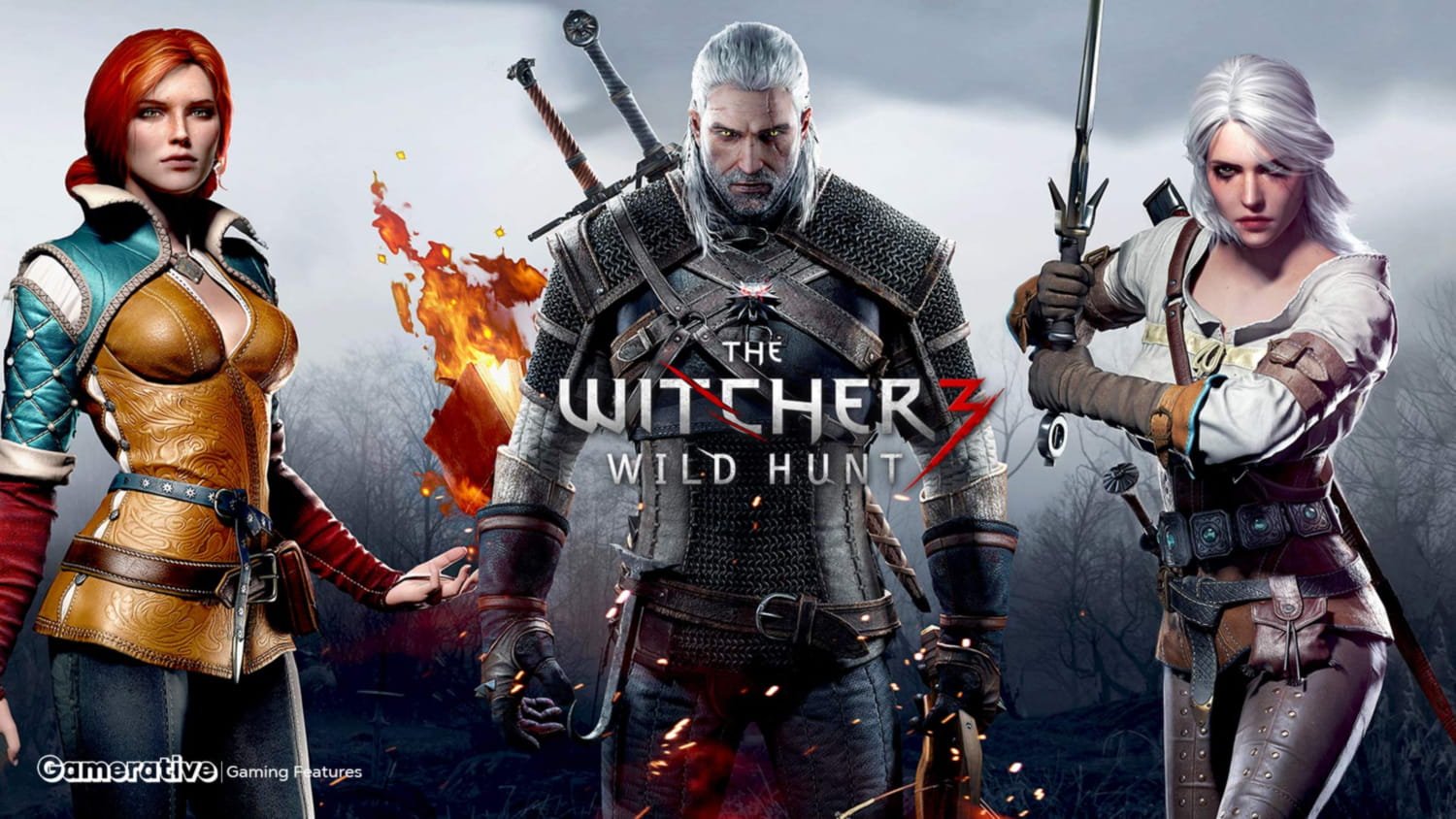Sometimes we find ourselves obsessing over how certain games come together, like The Witcher. It’s a saga that started quietly as a set of Polish fantasy novels and, through a lot of heart and hustle, became one of the most respected video game series ever. Few of us could’ve predicted just how deep this journey would go: awards, a passionate global fan base, and new standards for storytelling in games. Let’s walk together through the very real, very human story of the making of The Witcher.
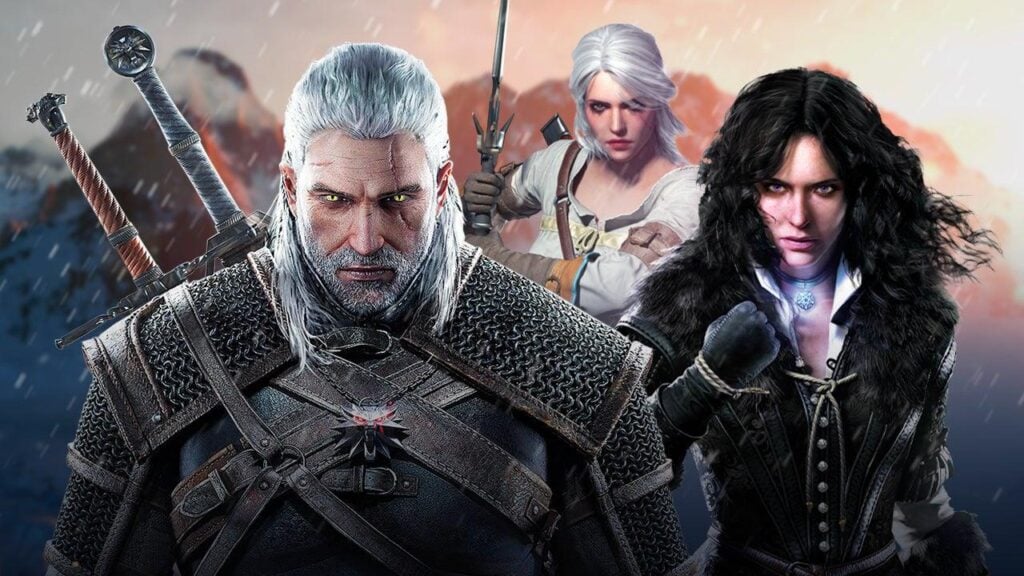
- The studio aimed to create a mature, morally complex RPG unlike anything else at the time.
Making of the Witcher: From Dreams to Digital Legend
Not every day do we see a studio transform a local legend into a worldwide phenomenon. The making of The Witcher wasn’t just code and pixels; it was persistence, sleepless innovation, and a team that started as underdogs. Here’s how that voyage unfolded, one challenge at a time.
1. Introduction: The Witcher’s Unlikely Journey from Page to Game
We always find it charming how The Witcher’s roots dig deep into Polish culture. Andrzej Sapkowski’s books were beloved long before most Western fantasy fans had even heard of Geralt of Rivia. When CD Projekt Red set its sights on a game adaptation, it wasn’t about chasing trends; it was about bringing a richly textured, morally grey fantasy to players everywhere. There’s something inspiring in seeing how this risky bet grew into a roleplaying giant, reshaping what RPGs could be.
2. Securing the License: Turning a Polish Fantasy into a Global Vision
Convincing Sapkowski to trust a small studio with his world was no easy feat. CD Projekt Red burned with the idea that only fellow fans could capture the essence of The Witcher. Negotiating the licensing with the famously skeptical author took persistence; Sapkowski himself often admitted to preferring books over video games! Against the odds, CDPR secured the rights, and they were respectful to the source material, but creative liberties were taken, especially in later games.
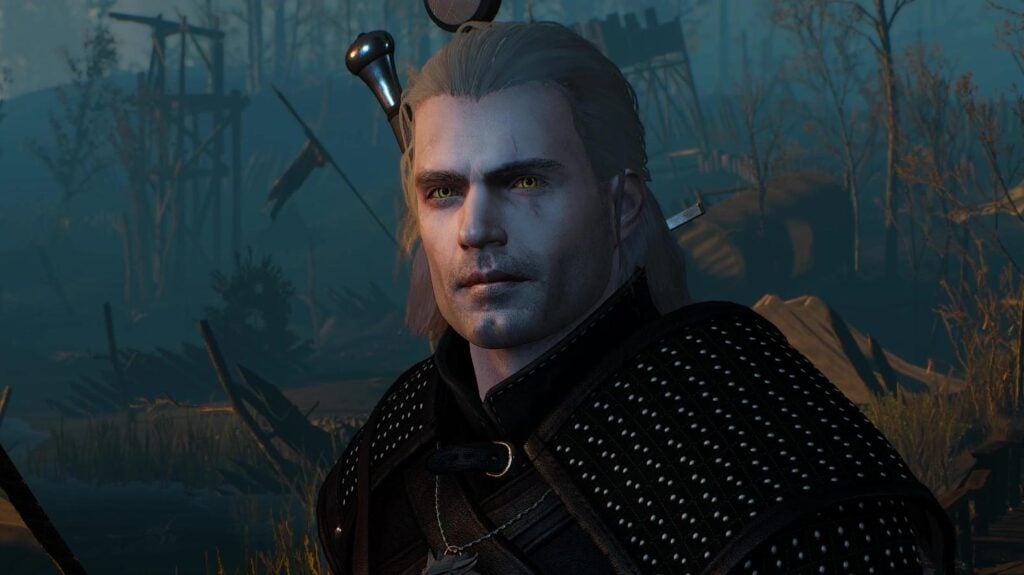
- The Witcher 2 improved combat, storytelling, and visuals, gaining international acclaim.
3. Building CD Projekt Red: A Team of Dreamers and Gamers
Speaking of the making of The Witcher, those early days at CDPR feel almost mythical now: a cramped Warsaw office, barely enough funds, yet no shortage of wild ambition. Most of the team had never built a game from scratch before, but their backgrounds, ranging from passionate gamers to code wizards, set the stage for scrappy creativity. We get chills thinking about it: a small group, almost unknown, determined to prove themselves on the world stage with something utterly Polish and proud.
4. Developing the Game: Innovation, Setbacks, and Sleepless Nights
The development process was anything but smooth. Adapting BioWare’s Aurora Engine was a massive technical mountain; what worked for Neverwinter Nights needed brutal overhauling for the gritty, dynamic Witcher world. Funding ran perilously low at times, schedules slipped, and “scope creep” nearly derailed progress more than once. Yet, for every obstacle, there came a breakthrough: the branching narrative, the original “timed-click” combat, the commitment to moral ambiguity. Team members have since shared stories of all-nighters, of heated debates, and “eureka” moments when the game really started to feel like Sapkowski’s world.
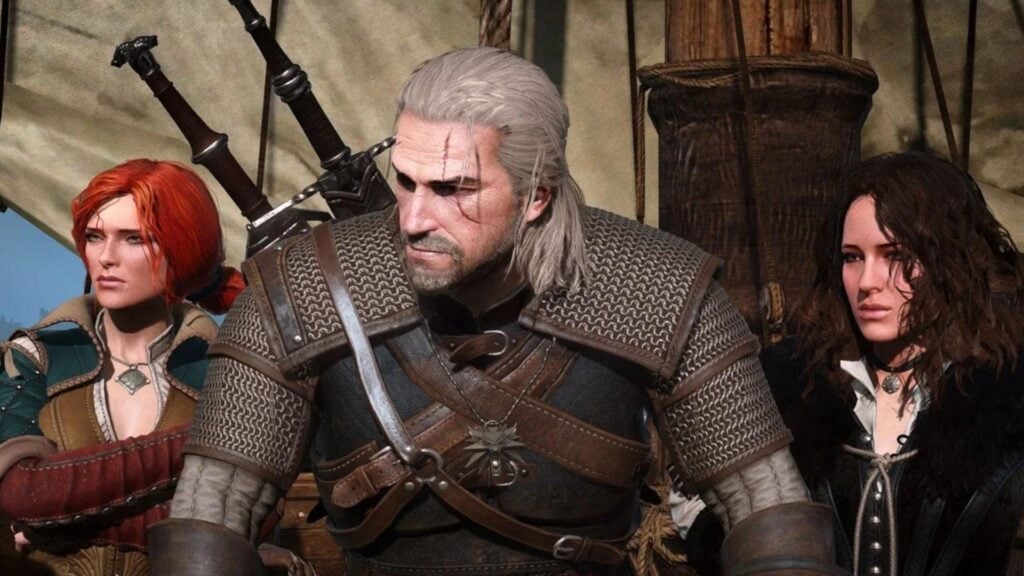
- The team spent years crafting a richly detailed world filled with meaningful choices and consequences.
5. Bringing Geralt and the World to Life
In the making of The Witcher, nobody wanted Geralt to be just another gruff RPG protagonist. Designing him, with white hair, rugged features, battle-scarred but thoughtful, took endless revisions. Voice actors were carefully cast to bring just the right stoicism with flashes of dry humor, while writers obsessed over accuracy to Sapkowski’s vision. And then there was the world: Vizima’s murky alleys, foggy swamps crawling with drowners, even the Slavic monsters drawn from legend. Every corner aimed to ooze character, right down to the morally complex side quests.
6. Music, Voice Acting, and Atmosphere
We can’t talk about The Witcher without tipping our hats to its spellbinding audio. The music, equal parts haunting, wild, and beautiful, pulled us deep into its dark forests and torch-lit taverns. Localizing the dialogue into multiple languages, while preserving that signature dry wit, was a challenge. Yet somehow, the right choices in casting and translation made even international players feel immersed, as if they too belonged in Geralt’s tangled world.
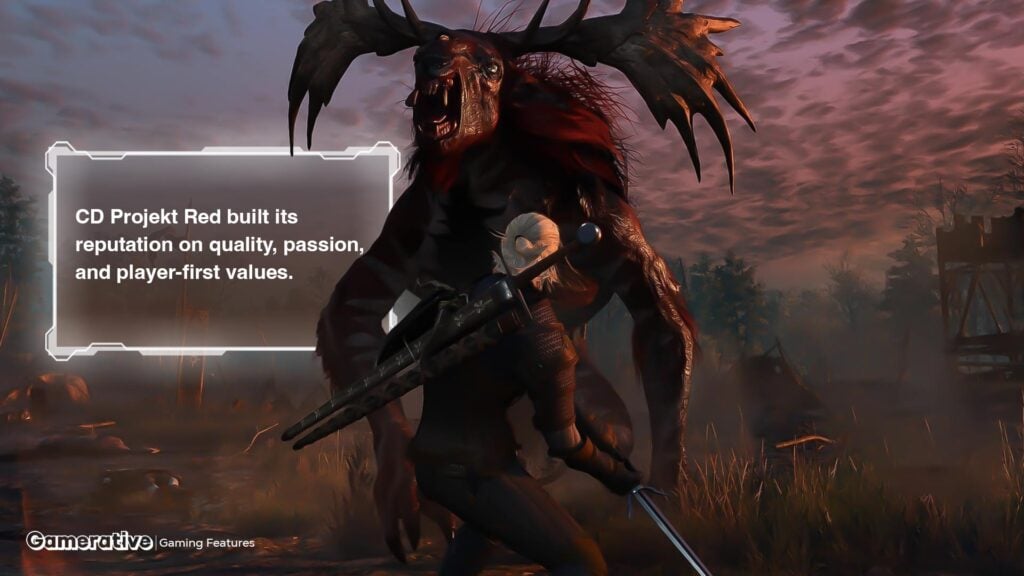
7. Testing, Feedback, and the Crunch to Launch
Prepping the game for release revealed just how high the studio was aiming. QA testers threw Geralt into every quest, corner, and combat scenario, uncovering bugs and impossible choices that had to be tweaked, fixed, or overhauled altogether. In making of The Witcher, the crunch period was real; late nights merged into sleepy mornings, energy drinks stacked on every surface, whole departments running on adrenaline and belief. Community testing and feedback shaped last-minute changes that would, ultimately, polish the rough stones into gemstones.
8. Release, Reception, and Industry Impact
When The Witcher launched in 2007, excitement (and a fair bit of anxiety) filled the studio. Would anyone outside Poland get this game? Turns out, players everywhere connected instantly with its darker, more complex fantasy and moral choices. Awards rolled in; critics praised the depth and ambition, even as they pointed out flaws. This success paved the way for sequels, and suddenly, CD Projekt Red was a name gamers worldwide respected, and perhaps a little envied.
9. Legacy: How The Witcher Changed RPGs and Gave Rise to a Franchise
Looking back, it’s impossible to ignore how The Witcher set a new bar for RPG storytelling. Its choices felt real, not just good vs. evil toggles; its world oozed Slavic folklore; its hero, Geralt, was layered and painfully human. Today, it sits near the top of every “Best RPGs” list, inspiring everything from Netflix adaptations to fan art, comics, and even card games. The roots planted by that first game grew into a mighty, multi-media tree.
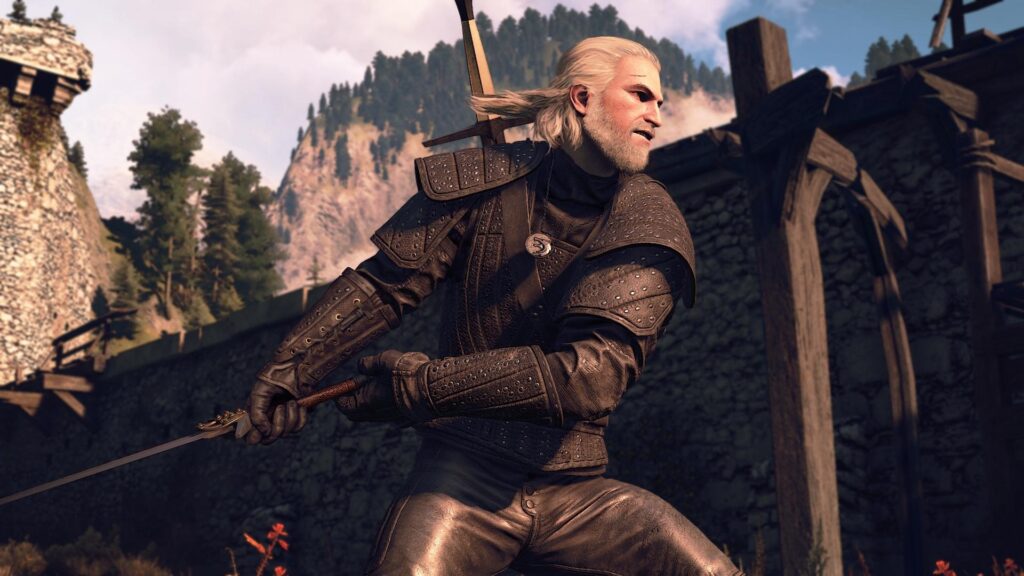
- The Witcher’s journey proves how a dedicated studio can transform literature into legendary gaming.
10. Final Reflection: The Adventure Behind the Adventure
Thinking about the making of The Witcher reminds us that magic often comes from unlikely places: a stubborn studio, a little-known book series, a team with more vision than resources. We hope you found some inspiration in this creative journey, and we welcome you to share your own favorite Witcher moments or your thoughts on how games like this get made in the comments below. Let’s make this a conversation! If you have behind-the-scenes insights, crazy fan theories, or just a favorite memory from The Witcher, drop it below and join the Witcher community lore.
Read about behind the scenes and making of well-know franchises in Gamerative.
FAQs
Q1: Was Andrzej Sapkowski directly involved in the game’s development?
Sapkowski acted as a consultant but left creative direction to CD Projekt Red, focusing more on supplying lore details than game-making decisions.
Q2: Did CD Projekt Red use any of Sapkowski’s unfinished Witcher stories or notes?
No, all content was based on published books and some new material created under the studio’s guidance and with the author’s approval.
Q3: How long did it take to develop the first Witcher game?
Development stretched over nearly five years, from acquiring the rights to final debugging right before launch.
Q4: Were any features or storylines cut from the original Witcher game?
Yes, several quests and mechanics were scrapped or condensed due to time and budget constraints; a common reality in game development.

